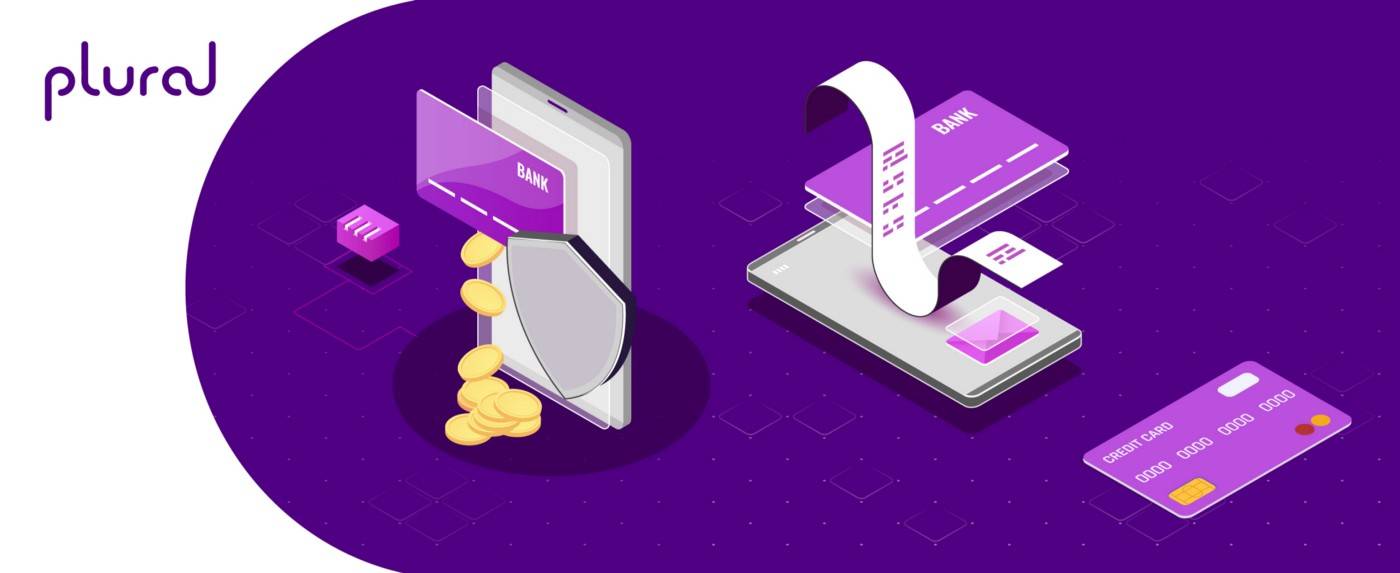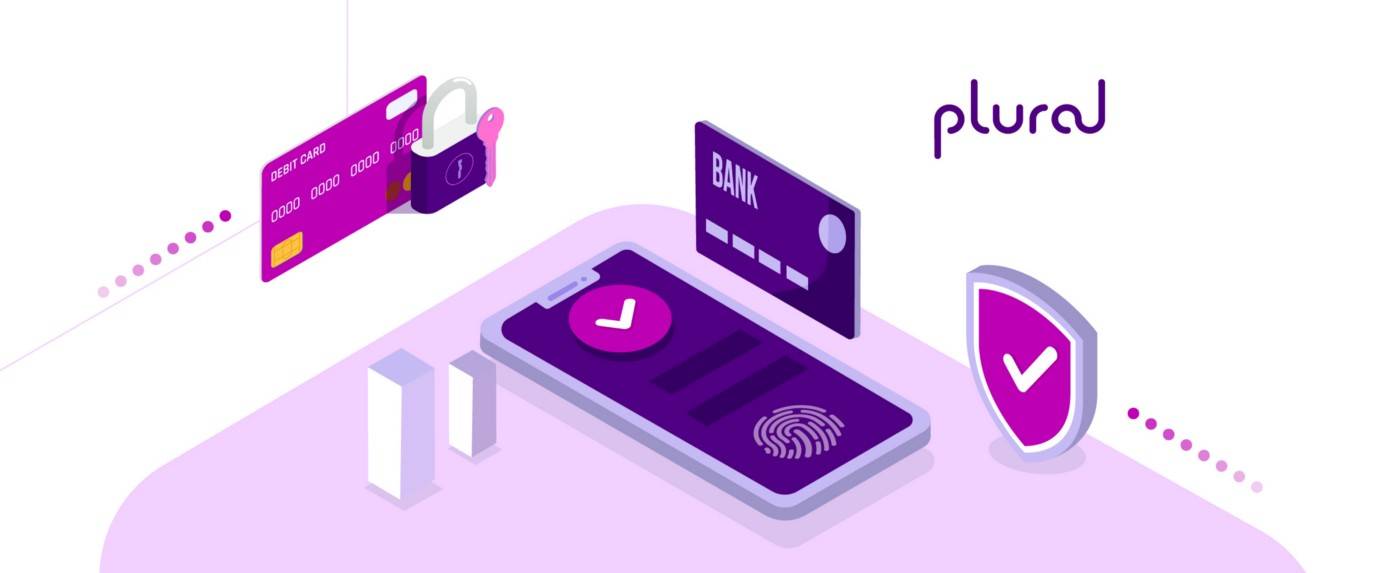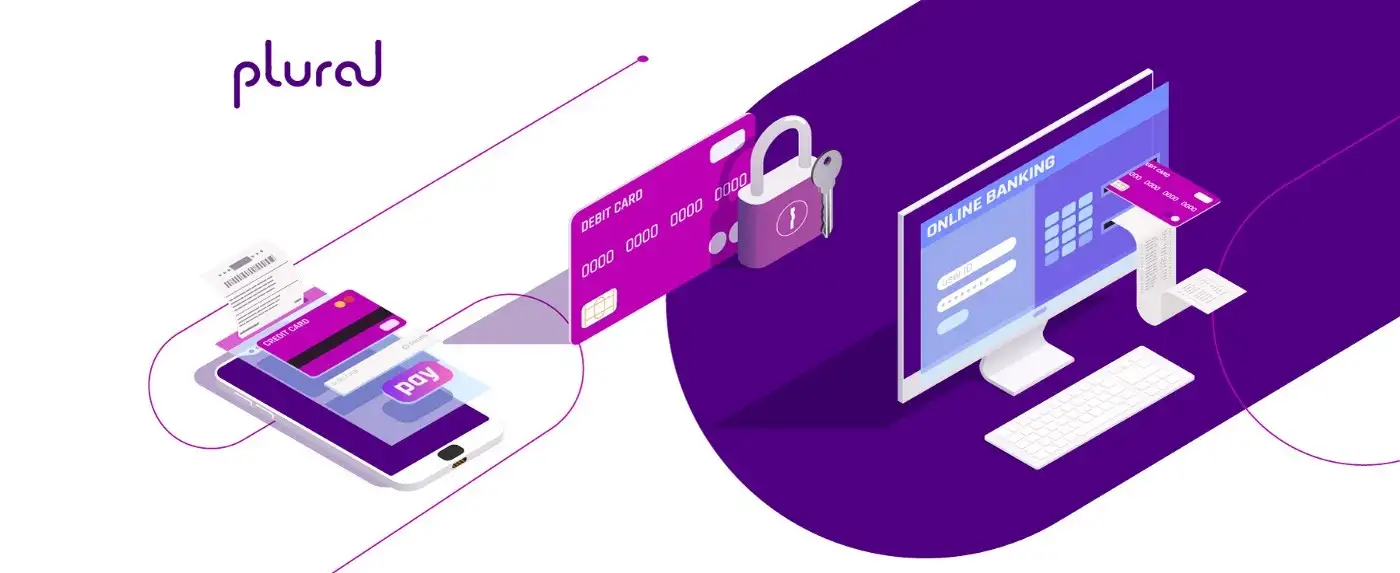Using digital payments for commercial activity has expanded dramatically in the past decade and this has further been accelerated thanks to the Covid-19 pandemic. Contactless digital payments like UPI, QR (Quick Response), tokenisation & NFC (Near Field Communication) helped keep the money flowing in the economy. Many businesses and startups have started using digital platforms to offer their services or sell their products since customers nowadays want to buy products from the comfort of their homes. Even if they visit physical stores, customers prefer to transact digitally.
Whether you run an e-commerce store or maintain an online presence, you must provide your customers with a secure, rapid, and simple payment solution. The payment system you select must meet the needs of both your customers and your company.
Customers can use a payment gateway to submit information about their payment mode, which is subsequently sent to other businesses in a secure manner.
What is a payment gateway?
A payment gateway is an intermediary service provider enabling businesses to accept payments from their customers online, through the web or mobile apps. It is a secure system that verifies your client’s payment option and ensures that money is accessible for you to pay the bills. The payment gateway is the interface that helps you receive payments from customers.
It reads and sends payment data from a client to a merchant’s issuer bank account. Its function is to collect data, ensure that funds are accessible, and pay a merchant.
A payment gateway is a part of cloud-based software that connects the client and the merchant. The payment gateway tells you whether or not the customer’s bank has approved the amount.
As a result, your payment gateway must store information safely, accept several payment options, be easy to use, and be compatible with your platform.
According to Invespcro.com, about 11% of customers discard their shopping carts due to a complicated checkout experience or a requirement for too much information. These figures demonstrate that selecting an appropriate payment solution provider is as vital as other aspects of running a successful e-commerce business.
So, how do you choose and integrate a suitable gateway with your website? Before we dive into how to add a payment gateway to a website, let’s understand what a payment gateway does.
How to Add a Payment Gateway to a Website
Depending on how you want to take payments from your clients, there are a few different ways to set up a payment gateway.
Redirect mode
The first type of integration takes your customer away from your company’s website to make a payment. This is excellent for businesses with limited online traffic.
When a consumer clicks on the payment link, they are sent to your payment processor’s page, where they may enter their card information and make the payment before returning to your website.
Plural is an example of this type of payment gateway. You can customise the payment gateway to include your company’s name or logo on the checkout page.
The disadvantage of this approach is that your company cannot manage the full user experience because the gateway is external.
However, because you will be collecting your customers’ financial information through your website, you must take the required steps to ensure that their information is secure.
Seamless mode
The second way to integrate a payment gateway into a website involves using an Application Programming Interface (API). Customers enter credit card information directly into the business’s online payment page. However, this time, their payment is processed through an API.
You may customise these payment gateways with your company’s name and brand, and they provide you total control over the customer experience. Businesses that use these must handle PCI compliance and SSL certification themselves.
Factors to Consider While Selecting a Payment Gateway Provider
Choosing a payment gateway is a complex process in and of itself because it is your responsibility to provide smart and secure transactions to your customers.
Consider the following key considerations before setting up payment gateways on your platform.
- Price: Many payment gateways offer free setup. However, there are monthly fees after a setup, and providers charge for each transaction. Choose a payment gateway that provides currency conversion and accepts multiple currencies.
- Product Type: Your company may provide digital or physical products or services, so make sure payment gateways are easily adaptable and secure before selecting one.
- Security: Security breaches are huge threats to any online business and leave a negative impact on its reputation. Every customer expects that their data and money are safe while processing a transaction. That’s why ensuring that your payment gateway is safe and secure is important. Choosing a payment gateway which proactively updates its security standards will build rapport among all the customers creating, boosting your sale.
- Convenience: Always ask the questions: “Is it easy for me to set up the payment gateway?”, “Will it provide a seamless user experience for my customers?”, “Does it integrate with most e-commerce platforms?”. If the answer to all these questions is a yes, then you’re on the right track.
A variety of payment gateways are now accessible, with different pricing, benefits, and plans. Payment gateways should always be the safest for your clients. The more money the payment gateway saves for you, the safer it will be for your customers. Obtain your customers’ trust before they purchase something from you.
Payment Gateway Flowchart
The payment gateway goes through several stages, from entering card information to money transferred into the merchant’s account and settlement. After adding an item to the shopping cart, here’s what happens:

Multiple Payment Gateways
A merchant might seek to integrate with multiple payment gateways to:
1. provide customers with options
2. increase the reliability and availability of its payment channels
3. create competition and generate better pricing
Plural’s mission is to revolutionise the future of online payments infrastructure with an unrivalled payments stack for the digital age.
Plural’s feature-rich API makes payment gateway integration and implementation simple. The payment gateway is integrated with acquiring banks all over the world, allowing for easy and secure online transactions. We can assist you in customising and installing the payment gateway software best suited to your business or eCommerce site.
Plural Gateway empowers you to create an improved, fluid user experience that your customers will appreciate by leveraging a payment solution developed for today’s demanding consumers.
Conclusion
So much information about how to add a payment gateway to your website might sound intimidating. We understand that selecting the correct online payment partner is critical for your company, so caution should be exercised when selecting a payment gateway service provider. Write to us at pgsupport@pinelabs.com to get started.
Plural by Pine Labs has received an in-principle authorisation from the Reserve Bank of India (RBI) to operate as a Payment Aggregator.

Amrita Konaiagari is a Marketing Manager at Plural by Pine Labs and Editor of the Plural blog. She has over 10 years of marketing experience across Media & Tech industries and holds a Master’s degree in Communication and Journalism. She has a passion for home décor and is most definitely a dog person.



